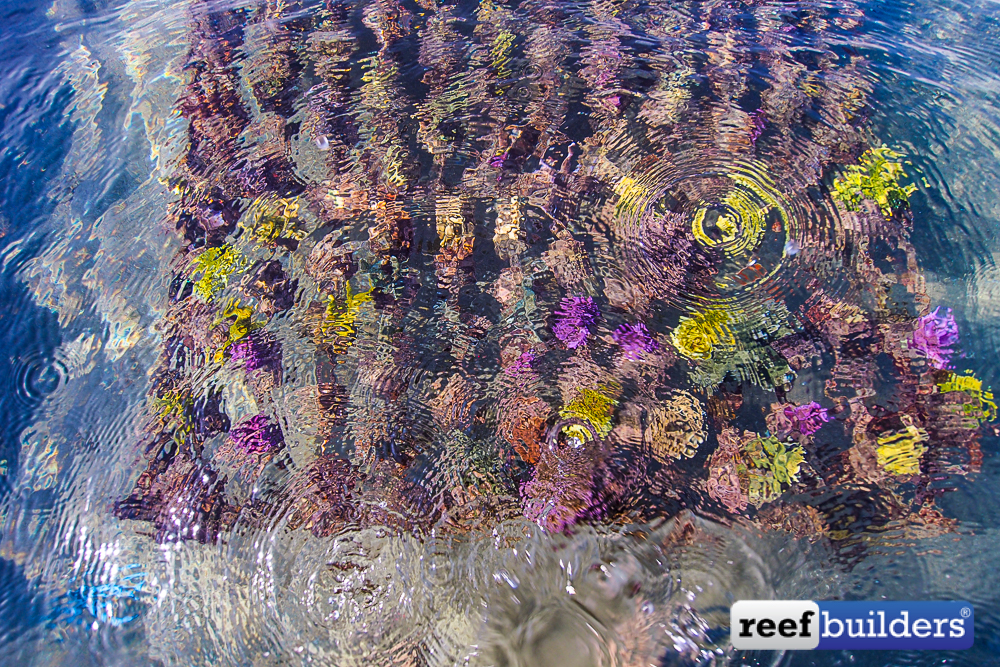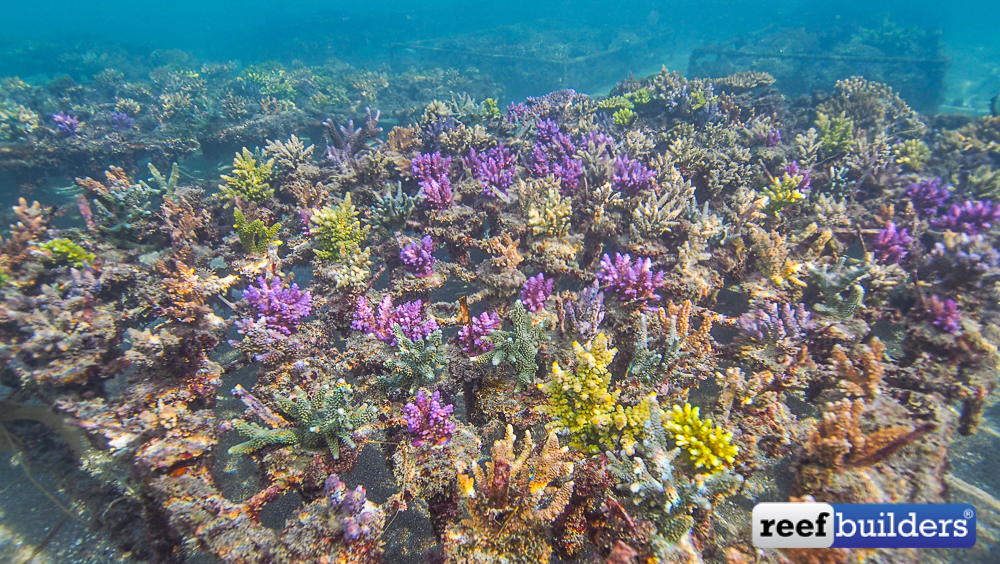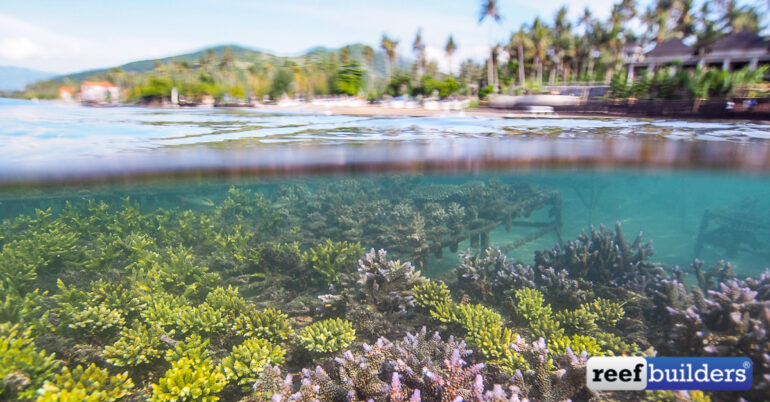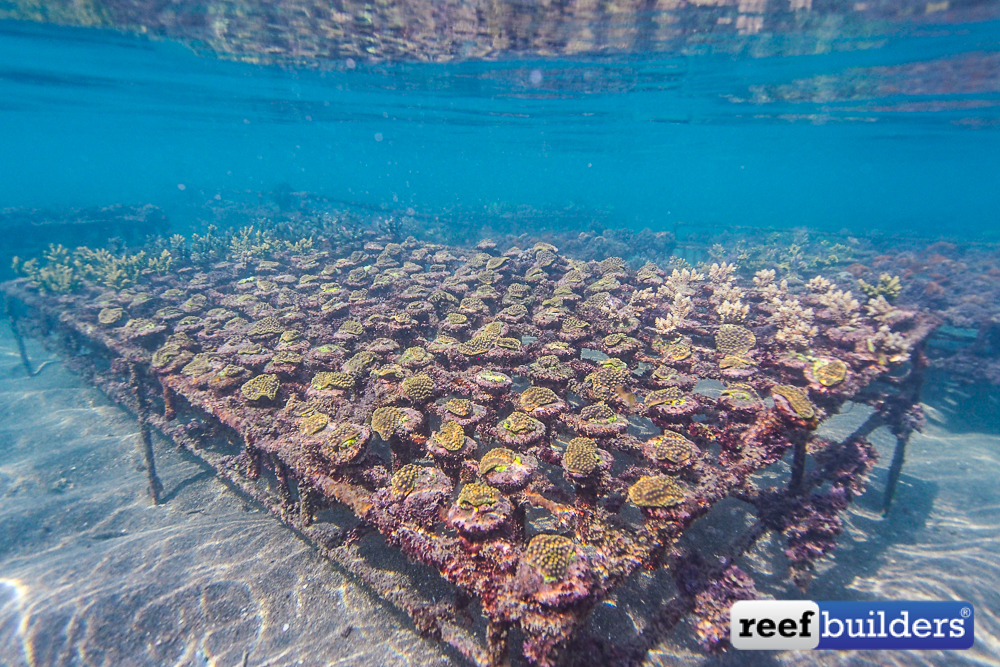By: Vincent Chalias
It’s been eight months since the export of corals from Indonesia has stopped – eight months of heavy confusion, misinformation, and general disarray, but what is it all about, and what’s going on? Actually this whole mess is coming from a misinformed Indonesian fishery minister that doesn’t like the idea of having corals into an aquarium, especially if they are collected from already under pressure reefs systems.
So in May last year, she decided to stop all trade of corals, by refusing to issue a health certificate that is requested for any transport of corals, domestically and for exports. Like if this would change anything regarding the reef situation…
After a summer of negotiation, and difficulty to have any dialogue with coral exporters, a conciliation committee including other ministries and governmental agencies asked her to withdraw her May letter. But until now, not a single health certificate has been released, without any clarification, and thus exports of corals are still stuck. And the situation is still in a deadlock, with very little dialogue and even less progress, as both wild coral and cultured coral interest are being negotiated as one.
 15 years ago, when cultured corals were authorized, part of the deal, was that wild corals exporters had to start mariculture in order to keep their wild coral exporting licenses, and then any wild coral export facility was also participating in reef restoration efforts as part of the guidelines for mariculture. The target of the government was to shut down the wild coral trade by 2021 and get it all replaced by cultured corals.
15 years ago, when cultured corals were authorized, part of the deal, was that wild corals exporters had to start mariculture in order to keep their wild coral exporting licenses, and then any wild coral export facility was also participating in reef restoration efforts as part of the guidelines for mariculture. The target of the government was to shut down the wild coral trade by 2021 and get it all replaced by cultured corals.
But few years down the line these regulations got lost in translation and abandoned. One of the consequences of these poor decisions is the situation we are locked in right now.
Following the lack of progress in negotiations, with very little hope for a solution. And as coral farmers are much more impacted by this situation as they have millions of dollar of investment seating at the bottom of the ocean. An investment that still needs daily maintenance. And not only that but coral farming employs a lot more fishermen than wild collection, so there is literally much more at stake.
A New Organization
Some of the early farmers decided to join forces together, and come together to re-form an association of coral farmers. This association is called ‘APKHN’ which stands for Archipelago Ornamental Coral Farmers Association and is composed so far of 15 members including all the precursors of Indonesian coral mariculture, that started this industry 18 years ago.
Members were selected based on their records, their production plan, years of experience, if they started culturing corals before getting wild corals license, their willingness to work together in a mutual way, etc. A set of standard is currently being developed before welcoming new members.
A few months ago they started approaching all involved government agencies, including the fisheries department. And all what we can say, is that they are starting to get a positive feedback from them. The road is still long, but a process has started, and we can all hope that an end to the ban, at least for cultured corals in the following months will happen, together with a change in the Indonesian Coral industry…
20 years ago we saved the Indonesian Coral industry by implementing mariculture and developing what became a multi million dollar industry. Unfortunately, by the time has come, that we all step up again, and save what can be saved. As this industry still has a lot to develop and progress to do.
Closing down an industry that still has so much potential would be a disgrace. And we don’t think the Indonesian government can afford to miss out on this opportunity. We will keep you updated in the following months on what is happening with this particular situation.
By: Vincent Chalias





